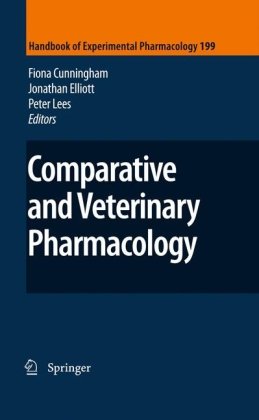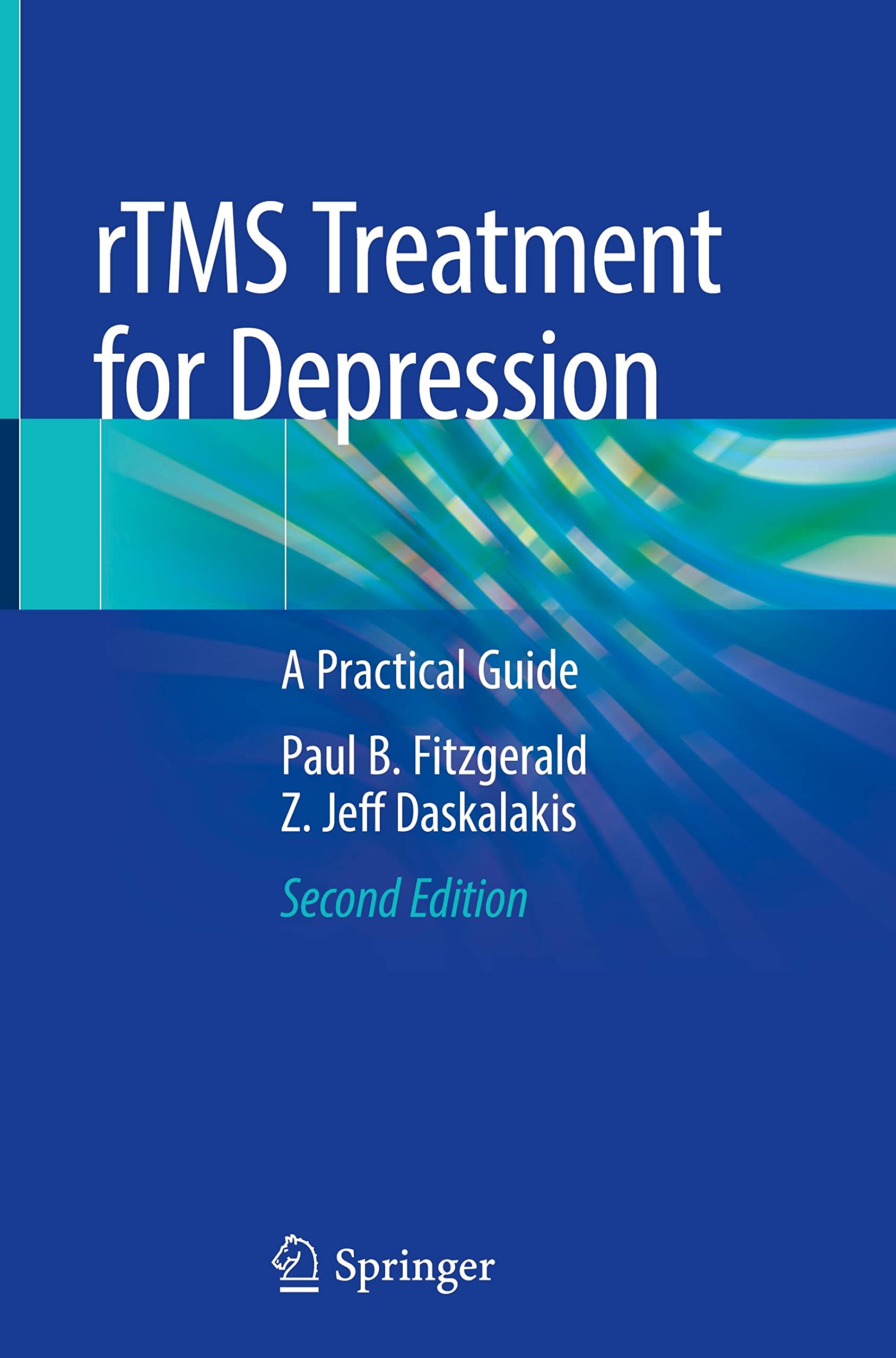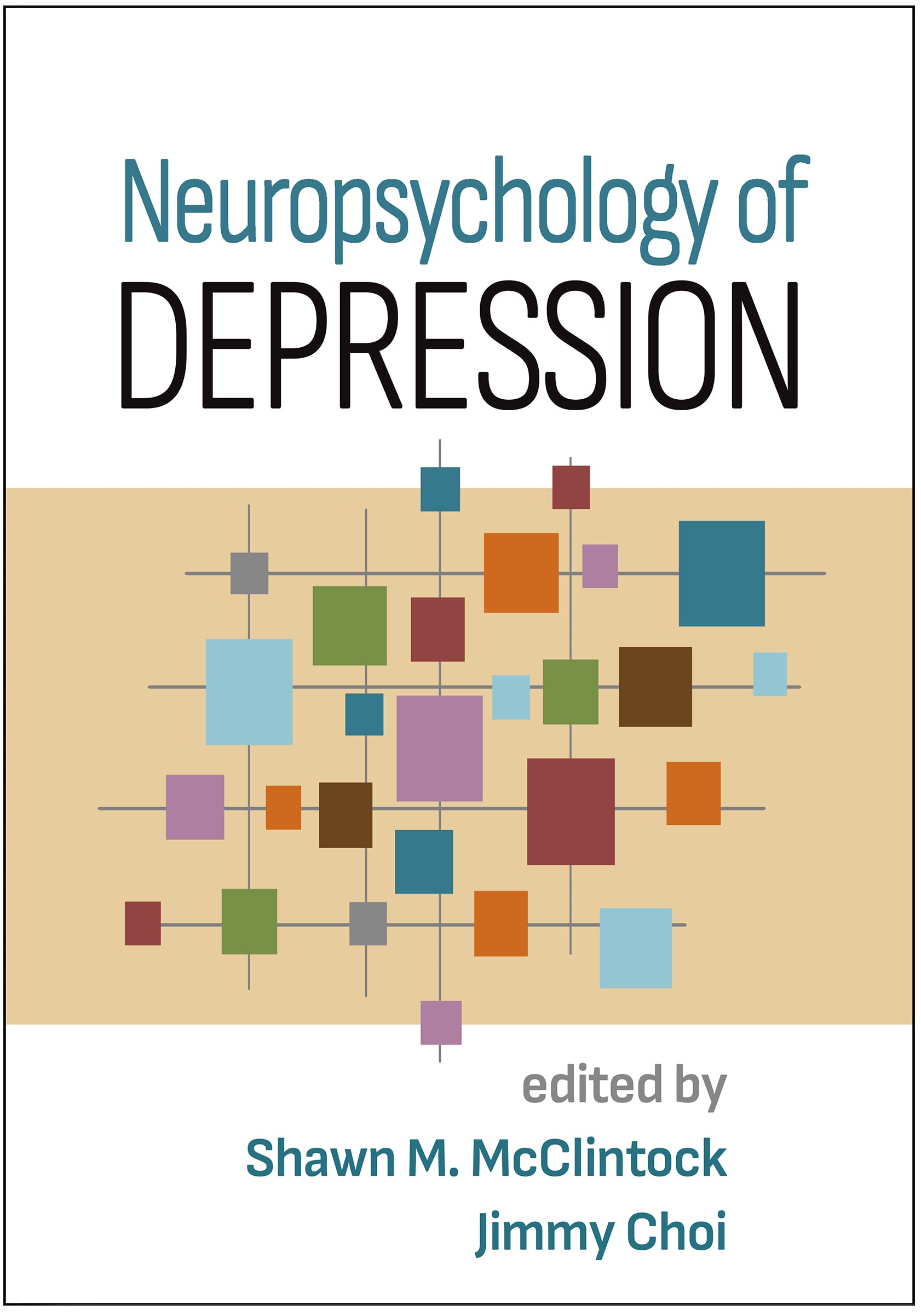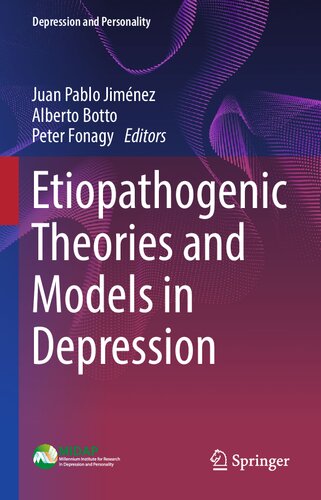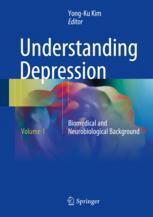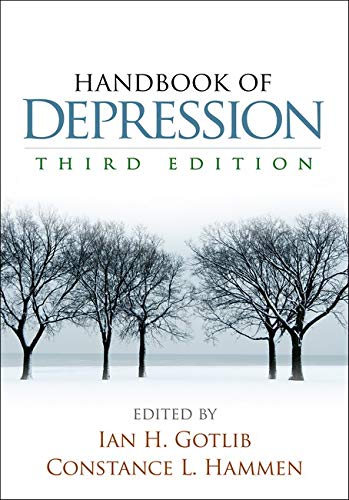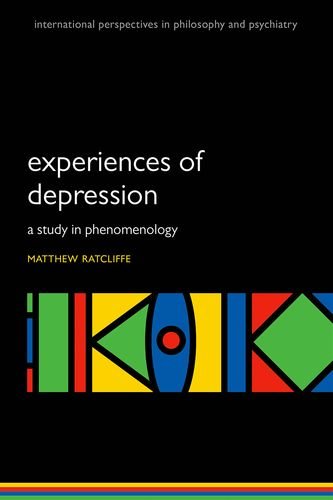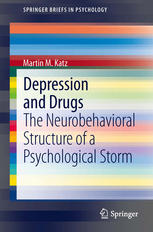فارماکولوژی تطبیقی و دامپزشکی ۲۰۱۰
Comparative and Veterinary Pharmacology 2010
دانلود کتاب فارماکولوژی تطبیقی و دامپزشکی ۲۰۱۰ (Comparative and Veterinary Pharmacology 2010) با لینک مستقیم و فرمت pdf (پی دی اف)
| نویسنده |
Fiona Cunningham, Jonathan Elliott, Peter Lees |
|---|
| تعداد صفحهها |
348 |
|---|---|
| نوع فایل |
|
| حجم |
3 Mb |
| سال انتشار |
2010 |
89,000 تومان
معرفی کتاب فارماکولوژی تطبیقی و دامپزشکی ۲۰۱۰
پیوند انسان و حیوان در طول اعصار تکامل یافته و متفاوت بوده است. سگ ها، گربه ها و حتی اسب ها مدت هاست که نقش یک همراه وفادار را بازی می کنند، و در واقع، همانطور که با معرفی بینایی و شنوایی سگ نشان می دهد، ممکن است سطح بحرانی وابستگی متقابل بین گونه ها وجود داشته باشد. در قرن بیست و یکم، انواع حیواناتی که به عنوان حیوان خانگی در بسیاری از نقاط جهان نگهداری می شوند، از خزندگان گرفته تا جوندگان گرفته تا نشخوارکنندگان و فراتر از آن را شامل می شود. همانطور که از ماهیت رابطه انتظار می رود، رویکرد رفتار با حیوان همدم اغلب ارتباط نزدیکی با نحوه ارائه آن به صاحبش دارد. با این حال، افزایش آگاهی از مسائل رفاهی، مانند تشخیص اینکه حیوانات باعث درد می شوند و مزایای ثابت شده برای پیشگیری از بیماری در واحدهای کشاورزی فشرده، همراه با رشد در باغ وحش ها و پارک های حیات وحش، پتانسیل تولید غذا و حیوانات غیر اهلی دریافت کننده محصولات را افزایش داده است. دارو در طول زندگی اش. اگرچه بسیاری از داروها یا گروه های دارویی که به حیوانات داده می شود، مشابه یا مشتق از داروهایی هستند که به انسان داده می شود، اما استفاده ایمن و مؤثر از داروها در حیوانات اغلب نمی تواند صرفاً با اطلاع رسانی از تأثیر دارو یا رفتار در آن ها به دست آید. ، بدن یک گونه و غیره تأثیر تغییرات آناتومیکی، فیزیولوژیکی و پاتوفیزیولوژیکی که به قلمرو حیوانات گسترش می یابد اغلب به شدت پاسخ دارویی را تغییر می دهد.

